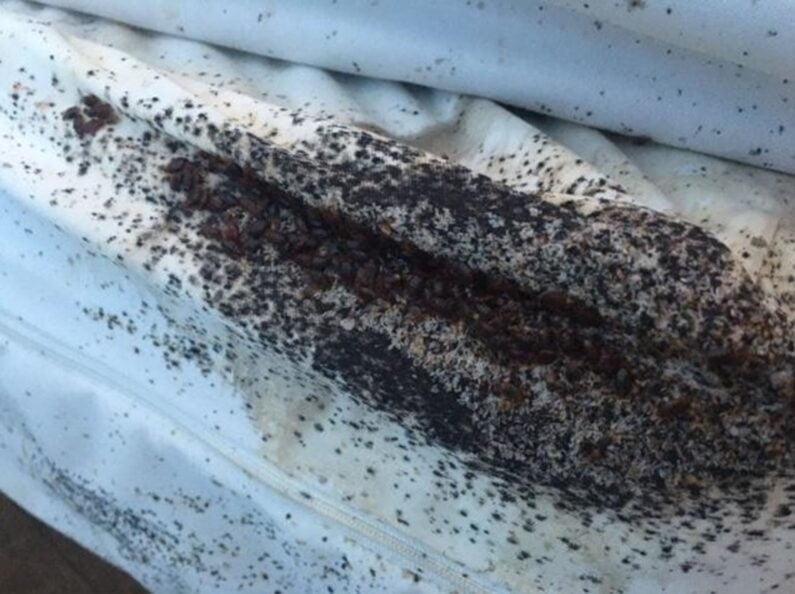In collaboration with Brent H., EPC, www.environmentalpestcontrol.ca

Background
Environmental Pest Control (EPC) has been serving homes, cottages and businesses in Southern Ontario, Canada since 1988. They provide pest control solutions for bed bugs, cluster flies, mice, rats, ants, cockroaches, boxelder bugs, pine seed bugs, Asian lady beetles, spiders, earwigs, mosquitoes, ticks, wasps & hornets and more. Paul Terhart, EPC’s Owner & President, heard of Aprehend and its success in the United States, and, as soon as it became available in Canada, the company brought it in and integrated it into their bed bug treatment offering. EPC’s very first use of Aprehend was a great success and an opportunity to truly test its capabilities!
The structure was built in the late 1800s and became a home for intellectually disabled men in the early 1930’s. It has since become a government assisted living center. The campus has had numerous additions and renovations over the years. The building has double drop ceilings, original hardwood floors, carpet and vinyl flooring, some plywood walls and many cracks/crevices for bed bugs to harbour. Infestation level was extreme. Previous attempts by other pest control companies with conventional chemical treatments were unsuccessful. EPC’s Brent H. was the PCO tasked with Aprehend treatment for this job.
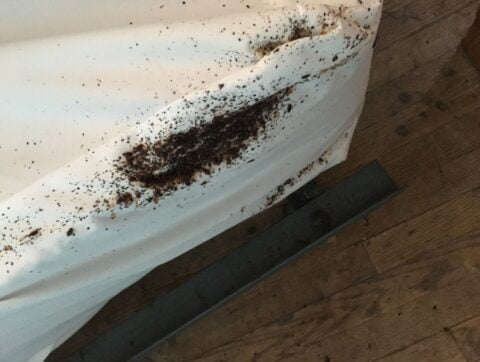
Figure 1 One of many heavily-infested mattress harborages.
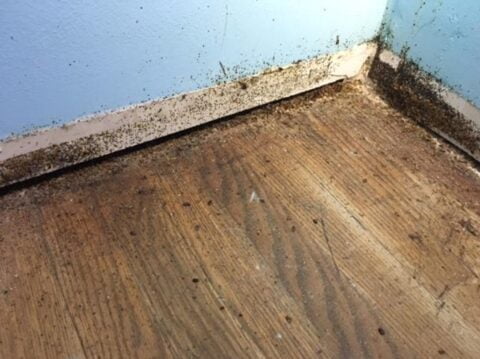
Figure 2 Baseboard removal in heavily-infested rooms revealed evidence of long-term infestation.
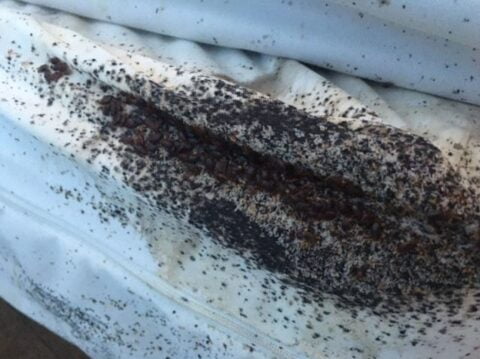
Figure 3 The most heavily-infested mattress exhibited harborages of this size on all four of its corners.
Prep
The facility included 20 bedrooms with 24 mattresses. All mattresses were encased. All rooms were decluttered. Baseboards were removed in heavily-infested rooms. Large island colonies were vacuumed.
The facility’s staff was invaluable. All bedding was laundered and bagged. Residents were placed on a regime of frequent clothing and bedding laundering, as well as strict resident hygiene policy. The staff assisted with prep and continue to rigorously follow post-treatment protocols.
Treatment
This was an Aprehend-only treatment, with the exception of mattress encasements. Brent H. treated all 20 bedrooms as follows: bed frames, box springs, dressers, chairs, baseboards, upper walls at drop ceilings, window and door frames, switches, receptacles, and light fixtures. In the common room, chairs and the underside of the pool table and coffee tables were treated. In the dining room, the underside of chairs and tables were treated. A perimeter treatment in the hallways and stairwells was done. The total usage for initial treatment was 64 ounces (4 bottles).
Results & Post-Treatment
The facility is on a monthly service contract. Rooms are inspected each month by EPC, and the facility’s staff kept a watchful eye for bed bug activity. Within two weeks they started to witness mass die-off of bed bugs. A couple of heavily-infested rooms were spot-treated at 30 days. At 60 days, 90% death rate was achieved. At the end of the 90-day residual period an inspection of the entire building was completed. The results were astounding, with less than one dozen bed bugs found on site! These types of results had never been achieved before, and never thought possible. It was deemed that a quarterly treatment would be the next course of action, and success would be monitored on a monthly basis.
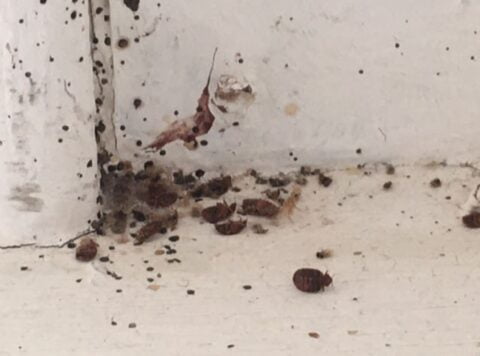
Figure 4 Two weeks after treatment, EPC saw mass die-off.
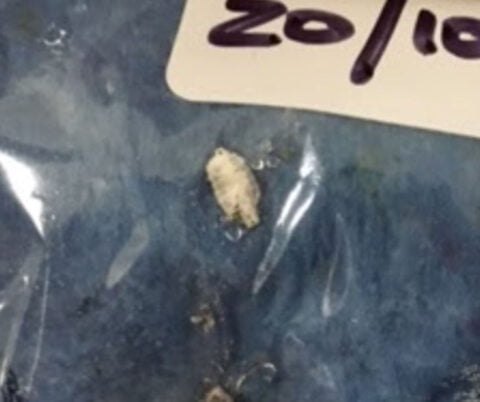
Figure 5 Dead bugs were “Ziploc-bag tested” and evidence of Aprehend presence confirmed.*
Moving Forward
EPC feels that Aprehend was a great fit for this job for three core reasons. First, the structure likely held harborages in cavities that were unreachable with traditional remediation strategies. So, they let the bed bugs do the work by taking Aprehend back to the harborages. Additionally, the minimal prep required for Aprehend treatment was attractive to the client—both the staff and residents. Third, the up-to 90-day residual offers protection against re-infestations.
EPC suggests that PMPs newly adding Aprehend to their arsenal take the time to review all of the training videos, read the case studies, and work with their clients to prep appropriately. In their experience, clients are willing to participate to help resolve bed bugs effectively when using Aprehend since it only requires minimal, manageable amount of prep for them. Click here to find the Aprehend Homeowner Prep Sheet and other instructional material.
Click here for a print-friendly version of this case study.
*The Ziploc Bag Test is a tool to check for the presence of Aprehend. Seal a dead or live bed bug in a Ziploc bag with a near-saturated paper towel for a few days, and observe for the presence of sporulation (white fuzz). This ultra-humid, sealed environment exaggerates the Aprehend process. Real-world bed bug death by Aprehend does not create white fuzz as illustrated here. For more information on the Ziploc Bag Test, click here.

